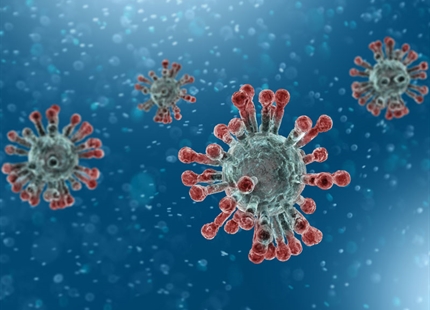Published: Jan 2006 | J Physiol Anthropol. 2006 Jan;25(1):7-14.
Physiological and subjective responses to low relative humidity
Sunwoo Y, Chou C, Takeshita J, Murakami M, Tochihara Y.
Abstract
The study was designed to investigate the subjective and physiological responses of young and old males exposed to different humidity levels (10, 30 and 50%) for 120 minutes in a climatic chamber. The study was done in two parts.
1 - Experiment exposed 16 young and healthy Japanese males and measured the following parameters:
- Velocity of “Mucociliary Clearance” by Saccharin Clearance Time, before and after exposure
- Total Epidermal Water Loss (TEWL) during exposure
- Weight Loss; body weight difference before and after exposure (corresponds to insensible fluid losses)
- Frequency of eye blinking
- Subjective perception of temperature, dryness and comfort (rating scale)
2 - Experiment compared groups of young (8, Ø 22y.) and old men (8, Ø 71y.)
The pre-room conditions were maintained at 25 °C and a relative humidity (RH) of 50%. Subjects were sitting in the climatic chamber with light clothes (T-shirt) and without physical activities.
Results
Saccharin Clearance time increased in low humidity and was significantly increased in 10% compared to 50%RH.
Saccharin Clearance time in low humidity was significantly higher in old than in young men.
TEWL increased with lower humidity. The mean total weight loss in 120 min. exposure was 230gr (10%RH), 200gr (30%RH), 180ml (50%RH). This corresponds to an insensible fluid loss of 115, 100 and 90 ml/h in 10, 30 and 50%RH.
Blinking Frequency increased significantly in 10% compared to 50%RH.
Young persons had a better perception of dryness in throat and eyes, but dryness wasn’t felt on the body skin. All subjects could feel dryness after 90 minutes but comfort feeling didn’t change in different humidity’s.
The increased TEWL in the first minutes of low humidity exposure was felt as lowered room temperature because of the evaporative cooling effect. The mean body skin temperature fell significantly lower (-0,6 °C) in older men due to higher evaporative fluid loss.
Scientific studies main menu

Dry air and our skin
Low humidity dries the outer layer of our skin leading to itchiness, cracking and dermatological problems.
Read moreDry air and our eyes
Low humidity dries our eyes' precorneal tear film making us prone to eye irritations and contact lens discomfort.
Read moreDry air and our airway defence system
Low humidity dries our mucous membranes and inhibits our body's natural defence against airborne germs, viruses and bacteria.
Read moreDry air and airborne infection
Low humidity acts as a conduit for viruses and airborne bacteria to disperse and travel around a building and threaten all occupants.
Read more














